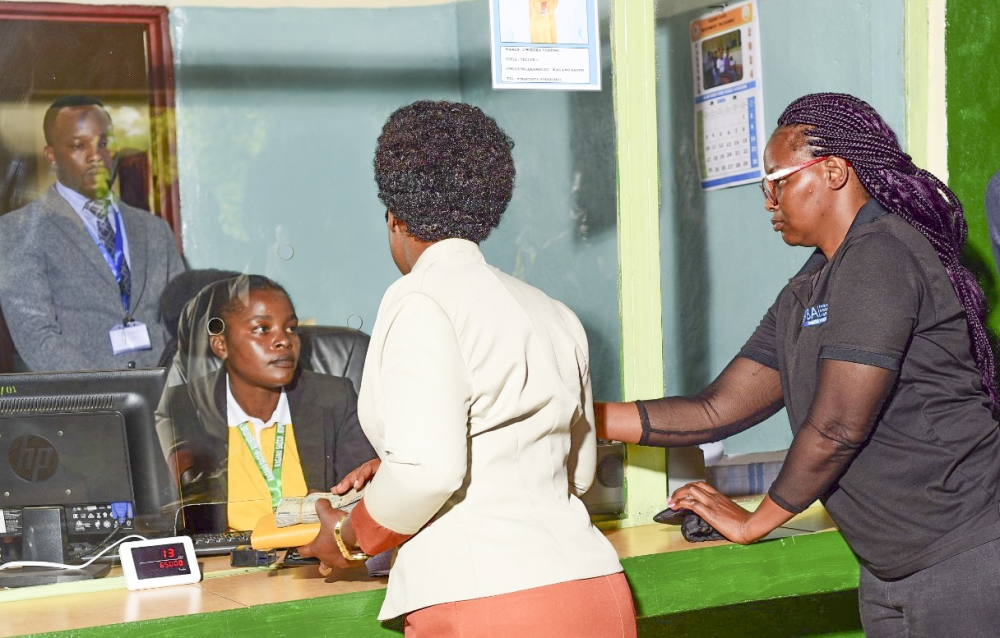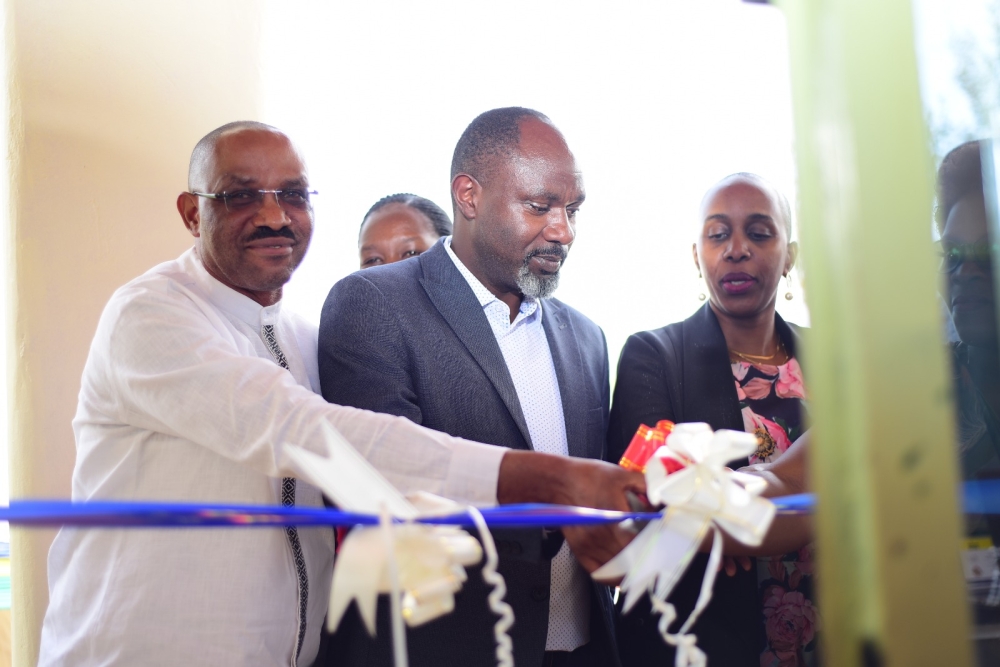

The completion of the automation phase of all 416 Umurenge SACCOs operating in Rwanda's 416 administrative sectors, on Monday, June 10, marks a pivotal moment in the journey towards enhancing financial services, and paves the way to their consolidation into District SACCCOs (D-SACCOs) that will later form the establishment of a cooperative bank, according to the Ministry of Finance and Economic Planning.
This comes a month after the ministry of finance announced that the long-awaited automation of the 416 Umurenge Savings and Credit Cooperatives (SACCOs) across the country was expected to be fully achieved by the end of June.
ALSO READ: What automation of Umurenge SACCOs means for members
The ministry of finance in collaboration with key ministries such as the ministries of local government, trade and ICT, as well as government agencies such as the central bank, and development partners such as the World Bank, celebrated the "significant milestone in the professionalization” of Umurenge SACCOs in Nyamasheke District, on June 10.
"The automation phase involves transitioning U-SACCOs from manual to automated management information systems for improved efficiency and member service. Concurrently, the consolidation process merges automated U-SACCOs at the district level to form D-SACCOs, with existing U-SACCOs becoming branches of the new entities,” reads a statement by the ministry of finance.


"With the implementation of automated systems, U-SACCOs eliminate the need for physical journals and offer real-time mobile notifications to members. The introduction of mobile banking services enhances accessibility and convenience for members, enabling transactions anytime, anywhere.”
As the automation of 416 U-SACCOs concludes, the ministry noted, the next focus is on consolidating these SACCOs into D-SACCOs nationwide and deploying mobile banking systems across all branches.
The automation which began in January 2020, is seen as the solution to challenges affecting the sector which had seen losses of an estimated Rwf 10 billion as of 2018.
ALSO READ: Long-awaited automation of Umurenge SACCOs kicks off
Future plans include D-SACCOs purchasing shares in the Cooperative Bank, fostering strategic linkages to provide advanced financial services to members.
"This achievement signifies Rwanda&039;s commitment to financial inclusion and economic empowerment, setting the stage for enhanced financial services delivery and sustainable development.”
Since the 1970s, SACCOs have been an integral part of Rwanda's financial landscape.
However, the findings of the 2008 Finscope study revealed that 52% of the adult population faced financial exclusion.
FinScope Rwanda 2008 which was prepared for the central bank by FinMark Trust, a South African non-profit organization, indicated that only 14 percent of the Rwandan population above 18 years of age used banks.
To address this issue and promote economic development, the December 2008 national dialogue meeting recommended the establishment of at least one SACCO in each administrative sector (Umurenge).
Despite the formation of 416 USACCOs starting in 2009, these institutions faced operational challenges, including manual business operations, limited scope of business, and a lack of digital financial services for members.
To tackle these challenges, the Umurenge SACCOs automation and consolidation project under the ministry of finance’s leadership aims to professionalize these financial institutions through a three-step process: automation of U-SACCOs, consolidation into D-SACCOs, and the establishment of a Cooperative Bank to serve U-SACCOs and their members.


